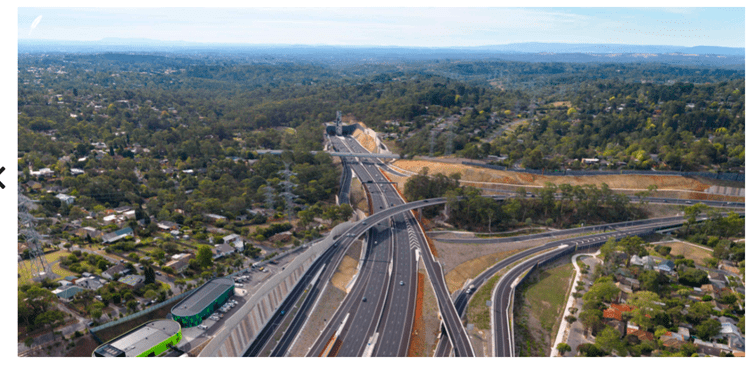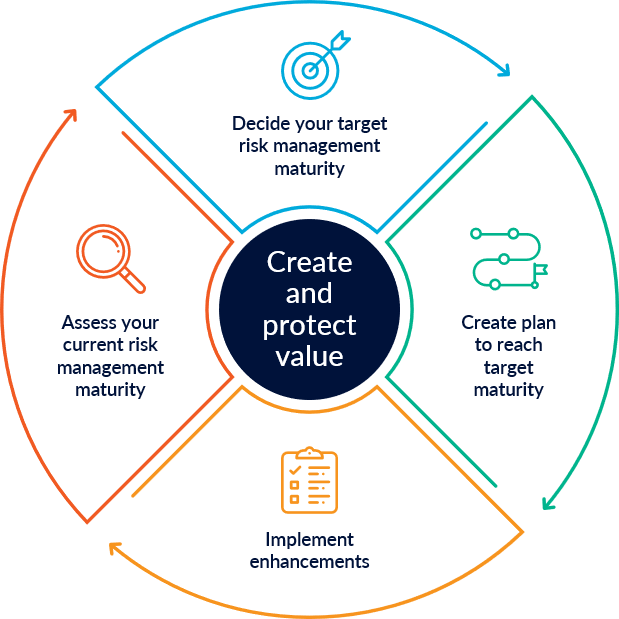Using processes to manage risk to a satisfactory level is an essential part of an organisation’s risk management framework.
One process that all decision makers should follow is the risk assessment process. Every organisation should have it as part of its framework for managing risk.
It is not the only process an organisation will need to manage its risks effectively though. A hospital, for instance, will have a range of processes suitable for its objectives; for example, an emergency room checklist to reduce the risk of patients being triaged to the wrong part of the hospital for diagnosis and care.
A mature organisation puts processes in place only when it brings benefits to decision makers and the organisation. It also looks for ways to embed process in management activities, so that managing risk and making decisions are one and the same activity, rather than a ‘compliance’ requirement.
What's a process?
A process is an ordered sequence of steps that prescribes what a person does, or many people do, to achieve a desired end.
What makes a process effective?
An effective process brings at least four benefits to decision makers and the organisation
- it produces a reliable outcome, regardless of who does it
- it makes it easier to quantify the time and other resources needed to achieve an outcome
- it reduces waste and inefficiency
- it brings accountability.
A well-designed process is a good example of a management technique that creates and protects value. It's intrinsic to a process that it reduces risk. It does this by reducing the uncertainty that surrounds our actions and behaviours.
If you're thinking of putting in place a process, ask yourself whether doing so will bring benefits of the kinds listed here.
A satisfactory level
Managing risk to a ‘satisfactory level’ implies evaluation and improvement. This means you will need to design processes so that you can report on
- whether they were carried out
- the outputs' quality
- the benefits brought by the outputs to the organisation.
What counts as a ‘satisfactory level’ depends on an organisation’s risk appetite.
When do you need to put a process in place?
Processes can help reduce the uncertainty in chaotic or stressful situations. Evacuation procedures are a great example of this.
Conversely, they can be useful when you have quite simple triggers. This is a common strategy in natural resource management where a management plan is put into action when a threshold value is crossed, for example, in water or air quality.
A process is not the answer to every problem though. Complex situations and ‘wicked problems’ often need other strategies, such as innovation, deliberative engagement and consultation.
As risk practitioners, working with decision makers throughout the organisation, you’ll need to be able to identify when a process will protect or create value, and when it's just an ‘overhead’.
Designing effective processes
There are many design strategies and techniques out there to help you analyse workflows or value chains, or which will help you take a creative, human-centred approach.
Whatever strategies and techniques you use, we recommend you
- give time to identifying and analysing the problem you’re trying to solve with the process
- specify the benefits you are trying to achieve
- test the process and be prepared to change it
- involve the people who will be following the process in design and testing
- build in the means to evaluate the effectiveness of the process.
Examples
Continuous improvement
Like we said at the beginning, a mature organisation puts processes in place only when it brings benefits to decision-makers and the organisation. Use the Risk Maturity Benchmark to help you decide your target and plan the refinements you need so that your processes are fit for purpose. Once you’ve implemented your plan, you can see where you’re at and look at how you can improve again.
Updated


